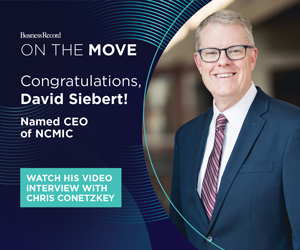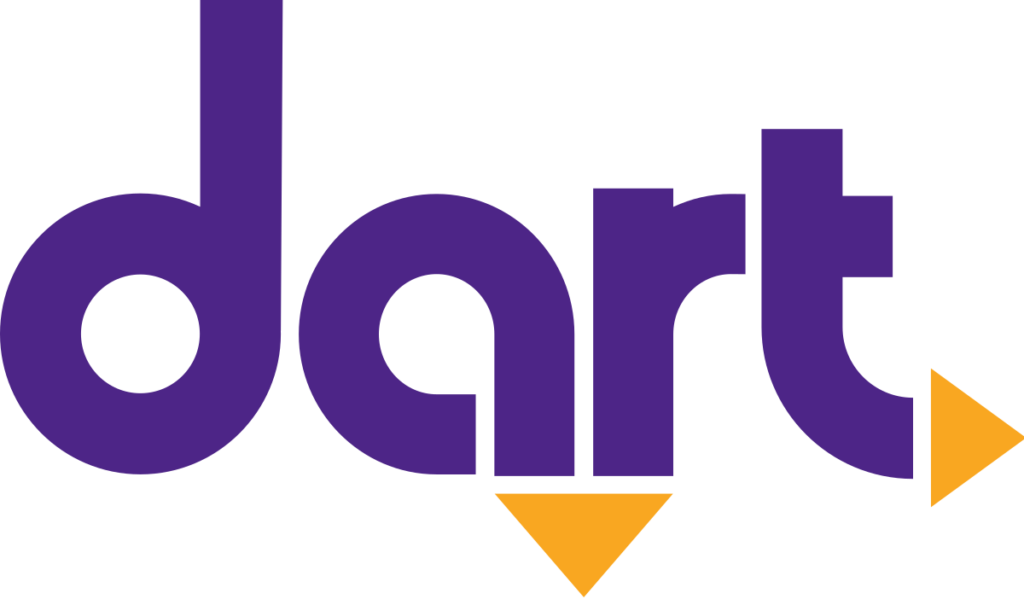Survey: Investors remain ‘solidly optimistic’ despite volatility

Investor confidence remains at a 17-year high, according to first-quarter figures for the Wells Fargo/Gallup Investor and Retirement Optimism Index released today. At +139, the index remains essentially unchanged from the past two quarters, but is up from +126 a year ago. The last time the index exceeded the current level was in September 2000, when it was at +147.
According to the survey results, investors remain solidly optimistic on three economic aspects: economic growth, stock market performance and unemployment. Sixty percent of investors say they are at least somewhat optimistic about the 12-month outlook for these economic aspects, and fewer than a quarter are at least somewhat pessimistic.
Investors are most positive about maintaining their household income over the next year and about reaching their five-year investing goals, with 71 percent at least somewhat optimistic about each.
About half of investors, 52 percent, report feeling “not too concerned” or “not at all concerned” about recent volatility in the stock market. Just under half, 45 percent, say they are “very” or “somewhat concerned.” However, this is well below the 53 percent who reported concern after stock market volatility in 2015 and 64 percent in 2016.
“Over the course of this bull market since the recession, there have been periods of volatility. But people seem to brush it off and stay the course, knowing it will help them in the long run in retirement,” said Joe Ready, head of Wells Fargo Institutional Retirement and Trust. “This type of investment discipline is an important part of an overall financial plan.
“However, now is a good time to step back and assess your current investment allocation and rebalance investments to make sure they align with your targeted risk strategy,” he said.
The index is a broad measure of U.S. investor confidence in the investing climate. Retired investors remain more optimistic than nonretirees, with index scores of +155 and +134, respectively, which is similar to their confidence levels in the two prior quarters.
The first-quarter survey was conducted Feb. 12-25. Interviewing began a week after January’s solid labor report was released, but also after a major sell-off on Wall Street, when the Dow Jones industrial average dropped below 24,000. By the time of the survey, the market was already starting to recover.
To see more results from the survey, click here.










